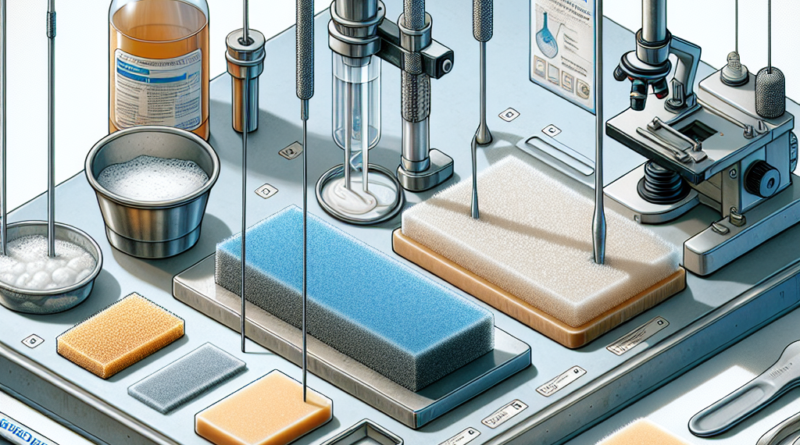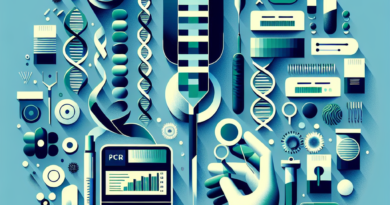Comparative Efficacy of Swabbing Devices for Detecting Listeria monocytogenes on Food Contact Surfaces
Understanding the Research
Food safety is a critical issue that affects public health and the food industry’s integrity. One of the most notorious foodborne pathogens is Listeria monocytogenes, which can cause listeriosis, a serious infection with high hospitalization and mortality rates. This bacterium is particularly challenging to manage because it can adhere to various surfaces found in food processing environments and form biofilms, making it difficult to eradicate. To ensure the safety of ready-to-eat (RTE) food products, routine environmental sampling is essential for detecting and controlling L. monocytogenes.
Environmental sampling in the food industry is guided by regulations such as the EC Regulation 2073/2005, which sets microbiological criteria for foods. The sampling techniques and devices used can significantly impact the detection of pathogens. In this context, the research paper we’re discussing evaluates the effectiveness of three different swabbing devices: a sponge-stick, a foam spatula, and an environmental swab, in detecting low concentrations of L. monocytogenes on various food contact surfaces.
Detailed Results of the Study
Quantitative Outcomes
The study’s results are quite specific. The researchers inoculated surfaces of stainless steel (SS), high-density polyethylene (HDPE), and rubber with a cocktail of four L. monocytogenes serotypes at a concentration of 100 CFU/250 cm2. They then tested the ability of the three swabbing devices to detect the bacteria immediately after inoculation and again after letting the surfaces air-dry for 1 hour.
Here are the key findings:
- The sponge-stick detected L. monocytogenes in 83% of samples from SS, and 100% from HDPE and rubber immediately after inoculation.
- The foam spatula detected the pathogen in 94% of samples from SS and HDPE, and 100% from rubber immediately after inoculation.
- The environmental swab detected L. monocytogenes in 94% of samples from SS and 100% from HDPE and rubber immediately after inoculation.
- After 1 hour of air-drying, the detection rates dropped slightly, with the sponge-stick missing 11.1% of samples, the foam spatula 7.4%, and the environmental swab 3.7%, particularly on SS surfaces.
Influence of Sampling Time and Surface Type
The study highlighted that the time of sampling and the type of surface had a significant impact on the detection of L. monocytogenes. Wet surfaces yielded better recovery rates than dry ones, which could be due to the loss of viability of the bacteria upon drying or better attachment to the surface after drying. The surface type also played a role, with stainless steel showing a slightly lower detection rate compared to HDPE and rubber.
Swabbing Device Efficacy
No significant difference was found between the three swabbing devices in their ability to detect L. monocytogenes, suggesting that the material composition of the swabbing devices did not significantly influence detection rates.
Impact and Future Prospects
The study’s findings are crucial for the food industry, as they provide insights into the effectiveness of different environmental sampling devices in detecting L. monocytogenes. The results suggest that all three devices tested can be used effectively in food processing environments, although no single method guarantees 100% detection. This underscores the importance of a well-designed sampling plan that considers the timing, surface type, and state (wet or dry) to maximize the likelihood of pathogen detection.
Future research could focus on refining these swabbing techniques or developing new ones that could improve detection rates, especially on challenging surfaces like stainless steel. Additionally, studies could explore the impact of environmental factors, such as temperature and humidity, on the efficacy of these swabbing devices.
Reference
Lahou, E., & Uyttendaele, M. (2014). Evaluation of Three Swabbing Devices for Detection of Listeria monocytogenes on Different Types of Food Contact Surfaces. International Journal of Environmental Research and Public Health, 11(1), 804–814. MDPI AG. http://dx.doi.org/10.3390/ijerph110100804




